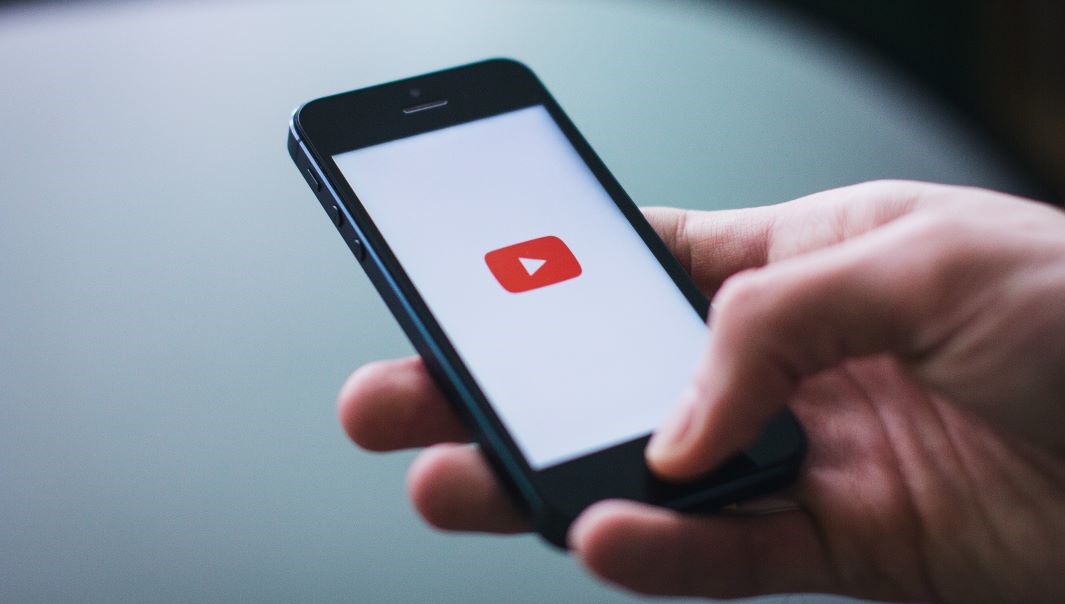 Over the past few years we’ve seen a number of sports leagues and clubs releasing their own over-the-top services to stream live games. In some cases, these serve as a compliment to broadcast deals, while in others they’re an alternative, cutting out the need for traditional rights deals with broadcasters.
Over the past few years we’ve seen a number of sports leagues and clubs releasing their own over-the-top services to stream live games. In some cases, these serve as a compliment to broadcast deals, while in others they’re an alternative, cutting out the need for traditional rights deals with broadcasters.
Last week European Professional Club Rugby (EPCR), the sports body which runs the Heineken Champions Cup and Challenger Cup, club rugby’s top European tournaments, announced it is releasing its own OTT service. The new offering will stream live games in markets where rights haven’t been sold to a broadcaster.
VAN spoke with EPCR’s marketing and commercial director François Vergnol to hear more about the strategy, and the opportunities and challenges for sports leagues going direct-to-consumer.
What’s the strategy behind the new OTT service?
There have really been two forces which have brought about this initiative. One of them is the fact that COVID has disrupted some of the contracts we have with the international broadcasters. That’s meant that we’ve in some cases ended up suddenly renegotiating these contracts. Having an OTT service means that if the renegotiated terms don’t suit us, we have the option to carry on by ourselves in those markets.
The second factor is also slightly linked to COVID-19. It’s the realisation that we need to be ready for the future of sports consumption. OTT is going to be an important platform for addressing consumers’ needs, in terms of being able to buy matches on a pay-per-view basis, and in terms of giving fans one hub where they can access all EPCR content.
At launch, we’re only showing live matches, but the service might have archive content, highlights, interviews and that sort of thing in the future. We had some good success over the lockdown period where we created content to deliver some value to our partners and fans, in the absence of live games. We had a Heineken Champions Cup rewind series where we broadcast archive matches, but also interviewed legends of the past involved in those games to hear their thoughts and relive their emotions. And we also had a few shows where we gathered the best referees from the Heineken Champions Cup and Challenge Cup to give a behind the scenes look at what it’s like to referee those matches.
Those are examples of things that in future we could make available as part of a package sitting on this OTT channel.
Had you previously been making much video content for social channels and the like?
Not enough in our opinion, and we had always known that we needed to be a bit more creative outside of competition weekends. We run a fantastic competition, it’s the best of the best for club rugby, and for a lot of rugby fans we’re on a par with the Six Nations in terms of quality. But the thing is the Heineken Champions Cup only exists nine times per year – six rounds of games in the group stage, and then three rounds in the knockout stages. So we realised we needed a bit more storytelling and content in between matches. And I think the lockdown forced us to actually make it happen. But it was the first time we did this sort of content in a significant way.
Will the service run ads?
No, not yet. But it’s something that we’d consider in the future.
Often one of the big benefits of delivering content direct-to-consumer is building direct relationships with your audience. Was that a big motivating factor for EPCR?
Yes, absolutely. We’re in the process of trying to understand a bit more where we are digitally speaking, and trying to put in place a strategy for the next five years. And a big part of that is going to be trying to better understand and engage our fans, to know how we can serve them better. It’s going to be important for us to run surveys too to help us understand what fans want from future versions of the product, and we’re trying to figure out how to do that.
Essentially what we’re doing is transitioning from a B2B company, which we have always been, to a B2C company. That’s a massive undertaking, and I have no expectations that we’re going to start making millions and millions out of it quickly. It’s not a money driven initiative, it’s more of a marketing initiative as we try to migrate towards being a B2C organisation. But that’s going to take several years, not just a few weeks or months. We want to do it the right way, and I think we have the tools to do that, but it starts with understanding and analysing where we are.
How difficult is it for a sports league like yourself to move into broadcasting on an OTT service for the first time?
We’re starting off with a very basic product, and then it’s going to be about gradually improving that. But we’re not going to be able to do everything straight away.
Ideally, you’d want your own broadcast production and commentary team. And then there are other things you can add like halftime highlights, statistical analysis, interviews with the legends before the match after the match, and the ability to choose the commentary language or to just have stadium sound.
Last year we experimented with OTT by streaming matches from the Challenge Cup, our second competition, free of charge (in agreement with our existing broadcasters). We got some good numbers in terms of audience size, but it was a very basic broadcast. We ran a survey afterwards asking fans what else they wanted. And the most important things were commentary, and then more TV graphics, things like the names of who scored, match statistics and the like. So we’ve introduced those things for this new service, and we’ll carry on building it bit-by-bit.
But we also need to be realistic with the investments we make. We need to be smart about which investments will bring the most ROI. So we’ll be making small improvements month-on-month, based on what we think will deliver the most value.
At the moment, this service is only available in markets where rights haven’t been sold. Do you expect it to compete more directly with traditional broadcasters in the future, if it proves more valuable for you to go direct-to-consumer?
Definitely. It’s something we’re thinking about even for our domestic markets. Our domestic media rights cycle ends in June 2022, and the next cycle will run through to 2026. So we will have our OTT platform ready, and we’re going to try to carve out some rights for ourselves as part of our media rights. That could be a compliment to broadcasters’ offerings.
But then in the mid-to-longer term, the aim is that our OTT platform becomes another serious competitor for rights in all markets. And as I said before, the direct access to our fans is really important to us. The fans are our life blood, they are the reason why sponsors engage with us and the reason, obviously, why broadcasters pay significant fees. So we really value the relationship with the fans, and having access to that data is very important to us. This service will help us understand what content works for our fans, and we’ll be able to segment them into more refined categories so we can offer the right content to the right person at the right time, which can also benefit our partners.
But we’re still at the early stages, and we’ll need investment and time to build this product. And that’s why we started early, so that we give ourselves as much time as possible.




